YOUR SHOPPING CART IS EMPTY
The Frenchman Steven Lehyaric has made adventures the common theme of his whole life.
filtrar resultados
What does adventure mean to you? Everyone has a different answer to that question. Daily life is full of adventures and they all have one thing in common: every time we have one, we raise the imaginary bar we set for considering experiences to be adventures. But...how high are you willing to raise it?
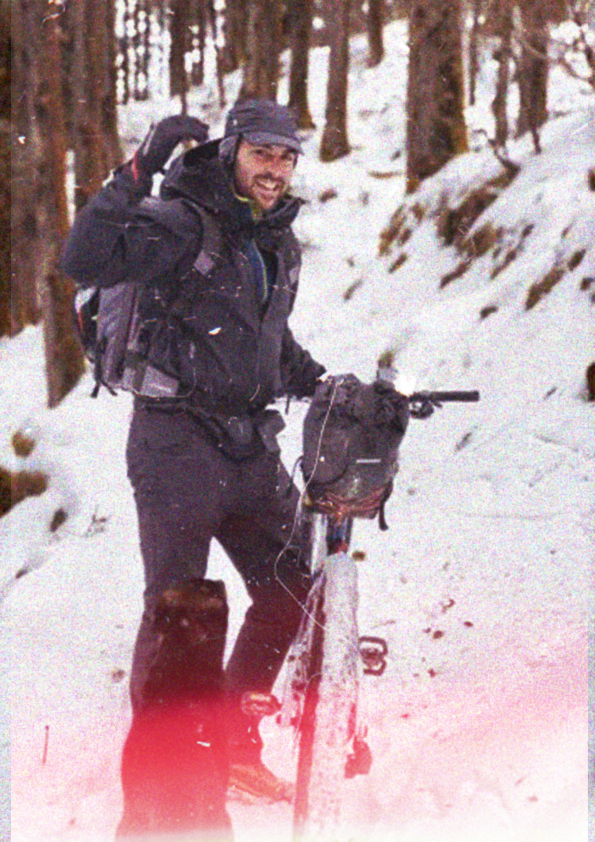
The Frenchman Steven Lehyaric has made adventures the common theme of his whole life.
The bike became his travelling companion when he was a child. “I was 5 and a half when I started cycling, which I did with the simple desire to better myself. To explore universes, regions and then countries and continents on my bike.“
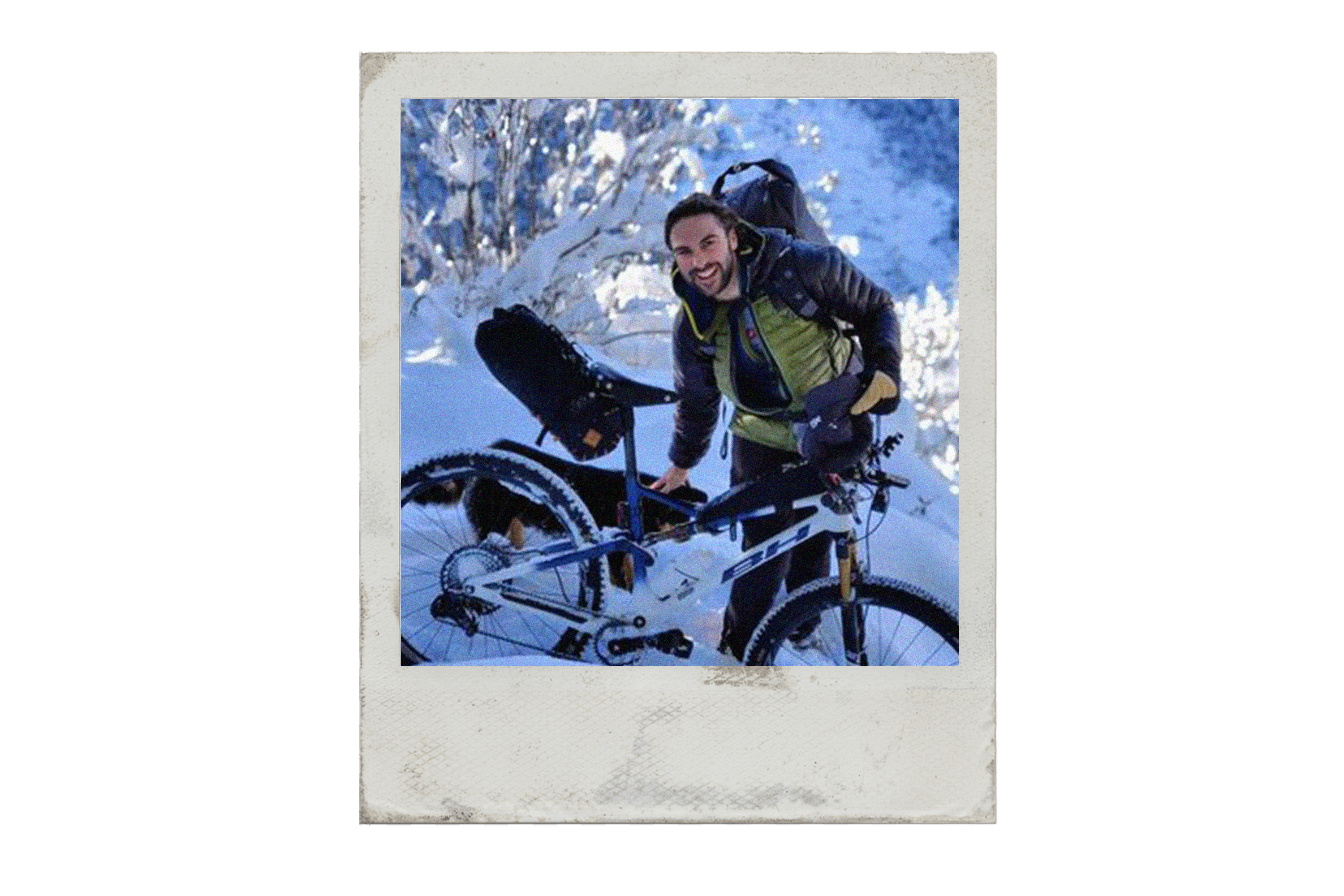
It's my best friend and worst enemy at the same timegiven the places I take it to.
Are you born or made an adventurer? Lehyaric always had that desire to explore and discover, but for years he followed a more traditional path in cycling. He focused on competitions in which he managed to perform at a good level. He then managed to turn his hobby into his profession, a goal in itself for many people. It was a good life. Maybe his life wasn't anything out of the ordinary, but many people aspire to be where he was then.
And then an event occurred that was the catalyst for a watershed moment. In his case, it was the burnout effect that crept up on him in 2016. Time to leave everything behind and start from scratch. In 2017 he started living his life differently. 120 days in Nepal, covering the Great Himalayan Trail and its 90,000-metre elevation gain was the first great adventure in his life. It was the dawn of the great adventure that helped to make him popular. His feats, and the way he publicises them have helped to make him a well-known adventurer.

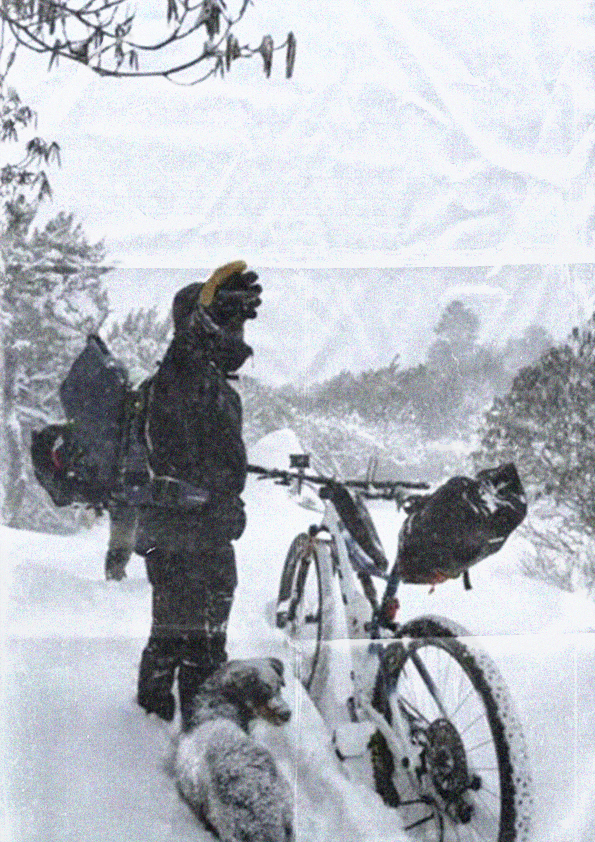
That experience in Nepal made him think about going back there. But this time with his bike. He knew what he would find there and he prepared his BH Lynx Race EVO for it. A bike designed to triumph at the XCO World Cup was to become the bike that would take him up some of the highest trails on the planet.
Even though you will come across lodges along the route, in the Himalayas you often find yourself completely alone.
Steven Lehyaric
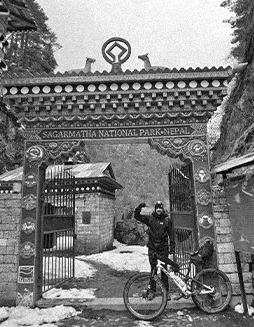


Even though you will come across lodges along the route, in the Himalayas you often find yourself completely alone.
Steven Lehyaric“Nepal changed my life. My obsession with crossing the Nepalese Himalayas and its 8 "eight-thousanders" was the result of a rather simple observation. Everyone goes on about how magnificent the Himalayas are, but we're generally only shown two summits or mountain ranges: Everest and Annapurna. So I wanted to cross Nepal on one of its highest, toughest trails: the Great Himalayan Trail. And show everything that lies behind it. Its fauna and flora, but also its nomadic and semi-nomadic people. It's also one of the last remaining truly wild places in the world. The Himalayas are a protected area where there's very little place for humans. The cold, the altitude, the lack of food, the fact that animals cannot survive there and the difficulty in obtaining supplies make it one of the best-preserved places in the world, but also one of the most hostile. This is real nature, it's wild.”
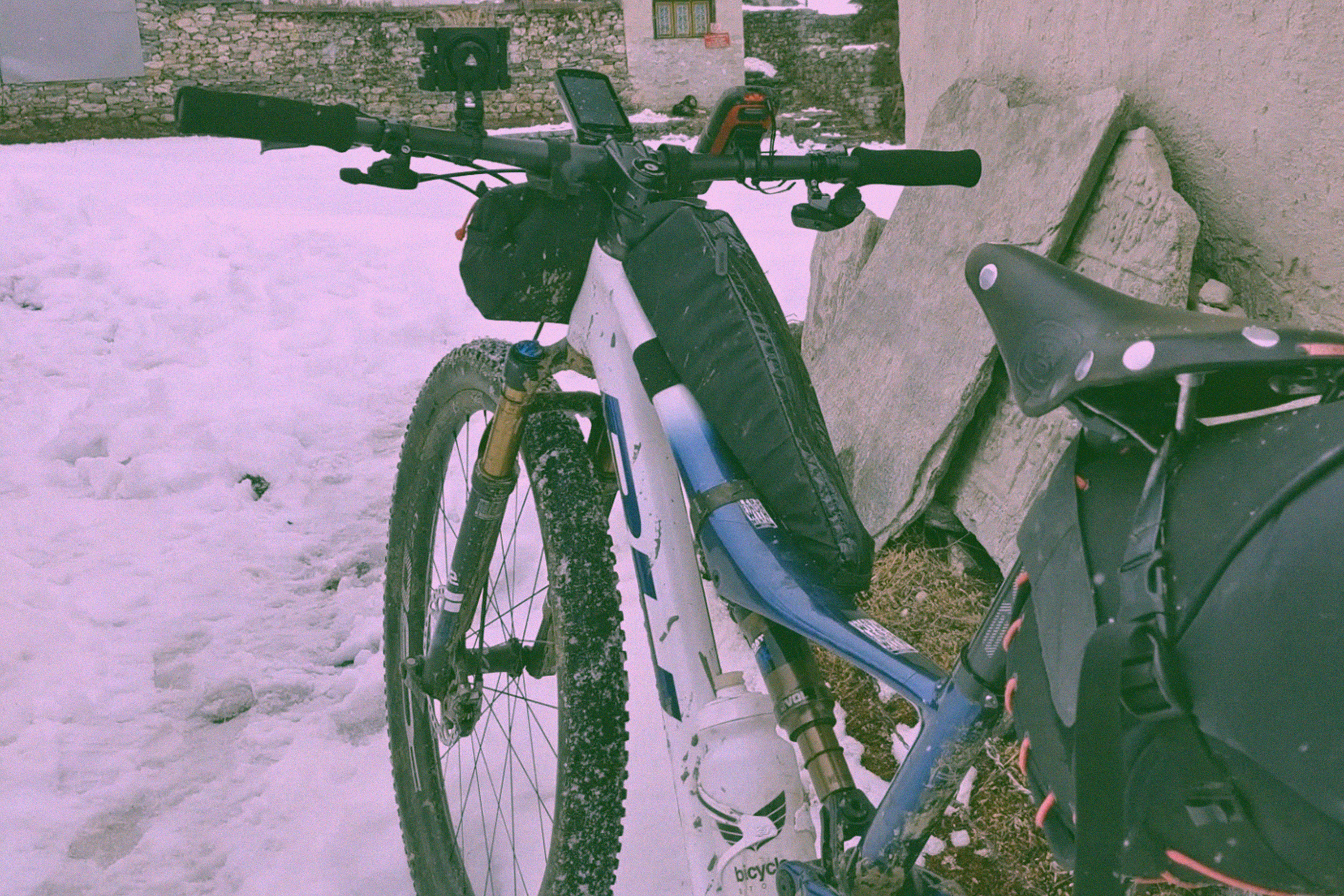
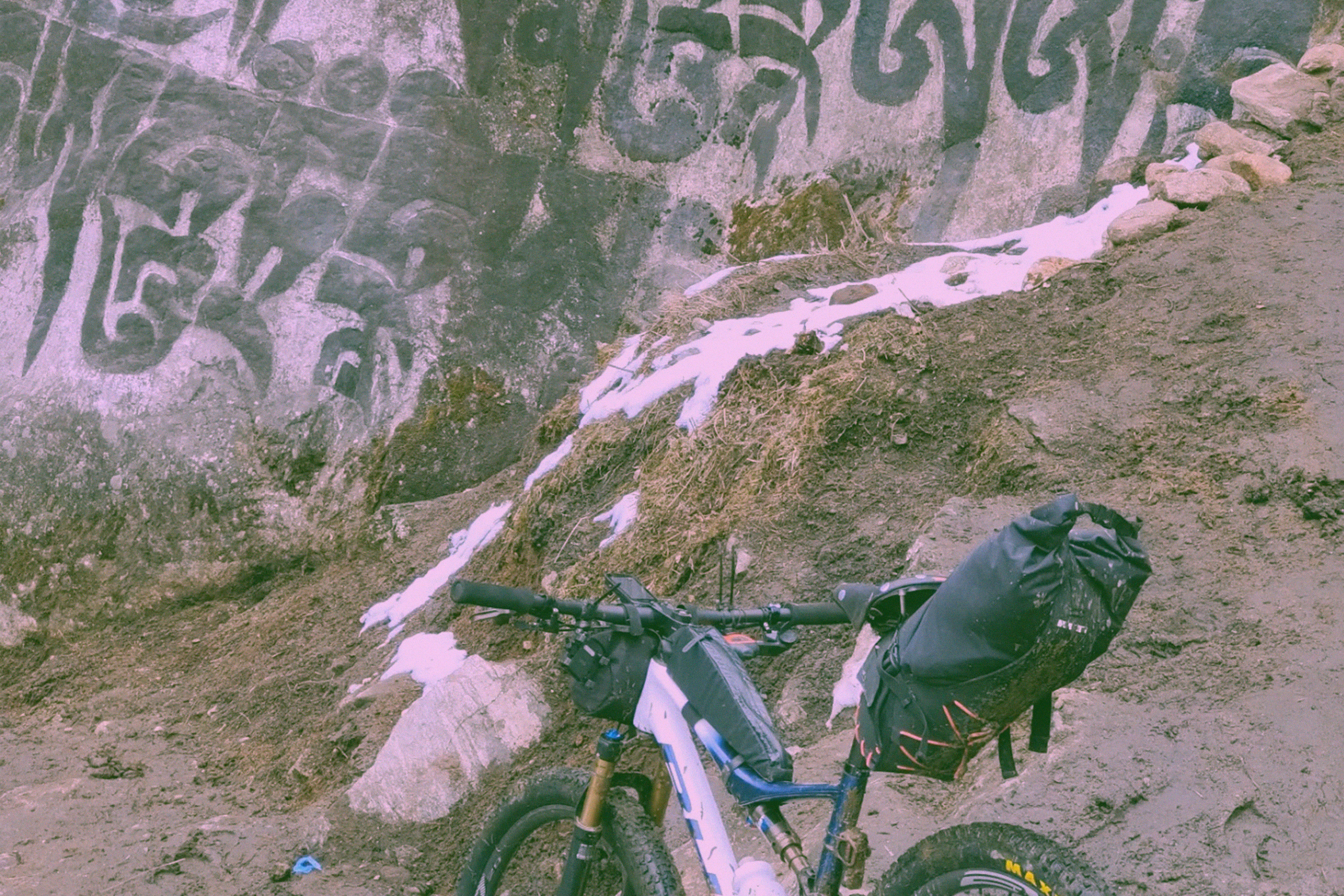
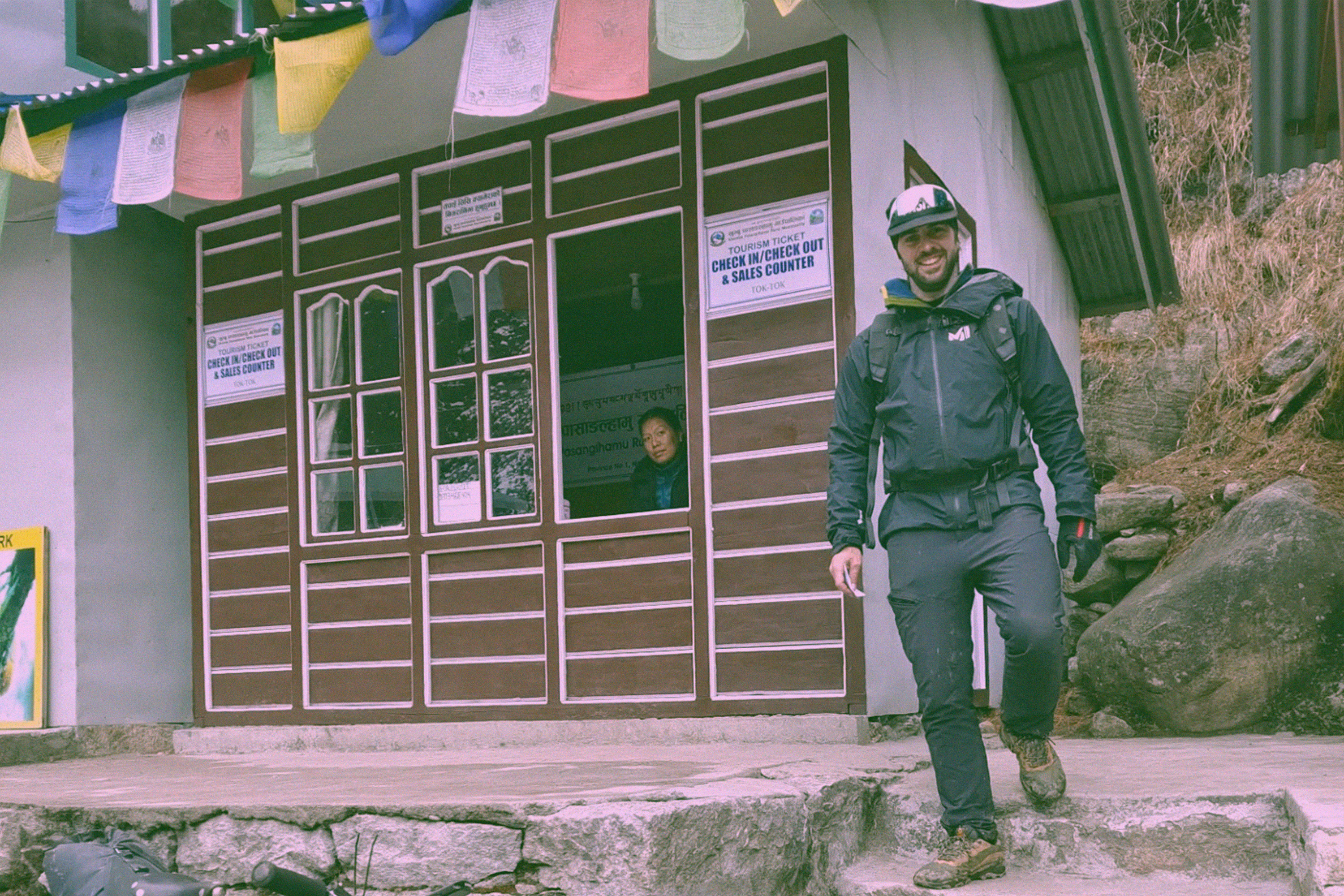

“The aim of this trip was to achieve the impossible, to reach the highest possible point on my bike in the winter. So I planned my route several months before the adventure, preparing a roadmap, goals and specific targets. These projects are also an ode to freedom, to passion, to self-improvement, to sharing, to adventure, in short, to life. The altitude, the climate and the strain of the effort all combine to wear you down physically and mentally until you are exhausted. My (albeit modest) past as an amateur cyclist served me well on many occasions and for many reasons: never giving up, hanging on in there, learning to manage the exertion for up to 16-17 hours a day, keeping a cool head, keeping the mechanics running smoothly, being able to ride with little equipment and avoiding pushing the pace too hard every day.”

His travelling companion was the BH Lynx Race. But with constant sub-zero temperatures, huge slopes and rocky trails that were never designed for riding bikes...how long would he be able to cycle along this 1,500 km-plus route?

Lehyaric tells us in his own words: “I prepared myself really well. For both walking and cycling. I think I covered around 50% of the route on the bike. As incredible as it may seem, in the end I even enjoyed it when I had to carry the bike on my back. You adapt to all situations in the end. So many hours carrying the bike made my body and mind get used to that difficulty.”
Steven Lehyaric on Spotify Spotify
That challenge was just the starting point. The starting line of his new life, which has taken him to some of the most hostile environments in the world. And to complete some of the toughest, most demanding, inhospitable and wildest routes that can be completed on two wheels. He even regained his competitive spirit, from when he started cycling, but this time using it for ultra-endurance events.

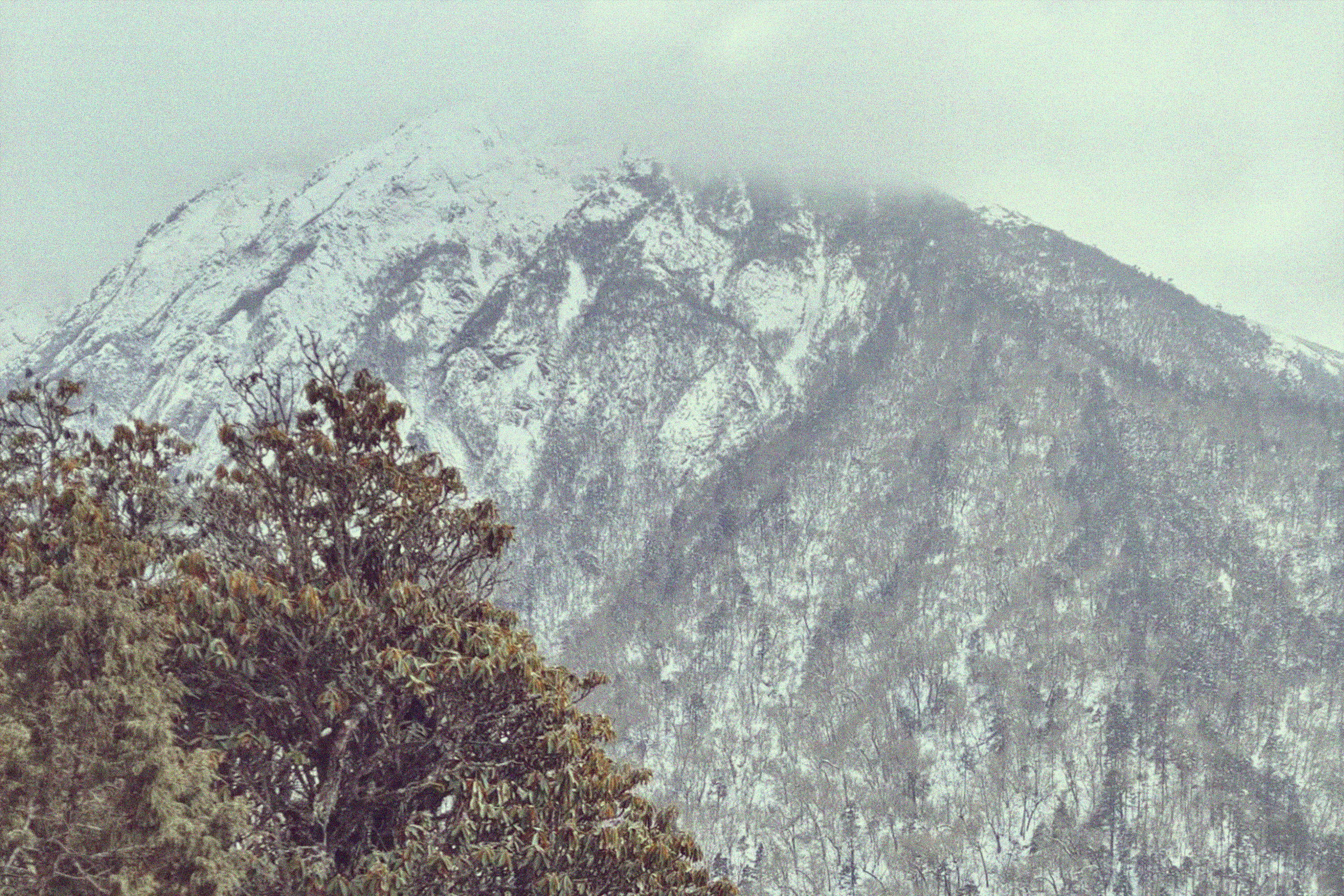


Since then I have completed the Paris-Dakar route in 20 days (5,600 km).
“ Lhasa to Kathmandu in 5 days, wins and finishing among the top places in ultra-endurance races (Race Across France, French Divide, Bikingman, etc.). In reality, all of these projects are to help me to prepare for the 666 Project, with the aim of starting to cross Antarctica at the end of 2022, after crossing the entire Gobi Desert.”

He wants to cross the 6 big deserts across all continents. And he's already begun. He's already completed his adventure in the Namib Desert. A 4,250 km journey that he finished in 18 days.

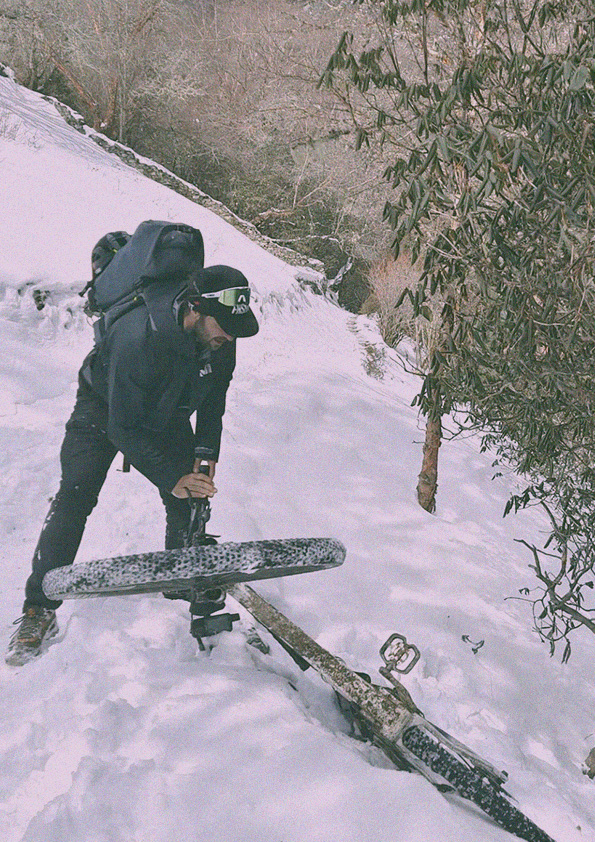
Lehyaric can now be considered a professional adventurer. The 666 Project will be keeping him “entertained” for the next few months. He wants to cross the 6 big deserts across all continents. And he's already begun. He's already completed his adventure in the Namib Desert. A 4,250 km journey that he finished in 18 days.
Which is my bike size?